1
HOME > Tips & Advice >
UNDERSTANDING THE APPEAL OF BESPOKE CASUALWEAR
Written by Ivan Yaskey in Tips & Advice on the 16th June 2021
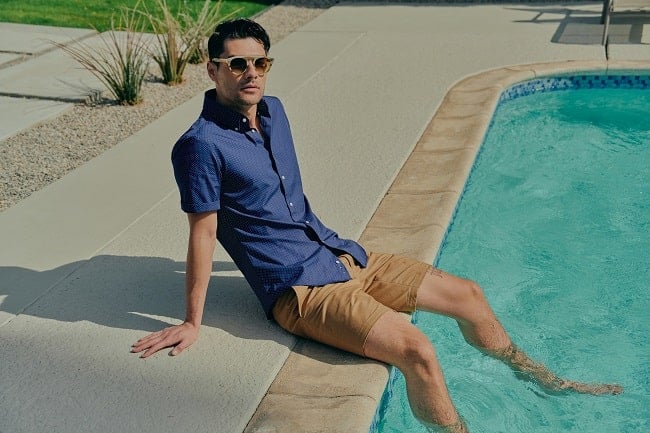
Hear the word “bespoke,” and your mind automatically goes toward suits. You picture yourself in a tailor’s, getting measured and selecting fabric and other details. The garment becomes yours down to the stitching, and no one else has anything quite like it. So, considering this appeal, why, at least within menswear, should bespoke strictly apply to suiting? It’s a question many have asked over the past few years, from those examining their work wardrobes to tailors acknowledging the shift in demand for suits. What has resulted has become known as “bespoke casualwear” or simply “bespoke casual” – essentially, made to measure jeans, sports coats, and any less-formal garments you’ll find more frequently in one’s wardrobe.
But, something’s different. For one, while customisation connotates luxury, made to measure is somewhat more affordable when a tailor isn’t constructing a suit from the lining outward. Secondly, those finding off-the-rack or ready-to-wear styles don’t fit them well have been doing this practice for years. Ask any man on the shorter or plus-size side – or someone whose shirt sleeves always extend an inch too long. Third, bespoke implies precision – not a compromise, which can be what you get with fast-fashion and High Street brands. Not to say you can’t have these off-the-rack styles tailored, but once something fits like a glove, chances are you don’t want to part with it.

What’s involved in creating bespoke casualwear? The process isn’t drastically different from having a suit made for you, albeit it’s somewhat simplified. Fewer measurements need to be taken, but you’ll still undergo an initial fitting – ideally in person, although online is increasingly more common – and discuss materials and other finer aspects. Realise that the process won’t be instant. Instead, expect your bespoke piece – even if it’s an Oxford or jeans – to take roughly two months to make. Price wise, expect to pay a couple hundred pounds per garment – while not High Street affordable, you’re essentially getting a deal considering the construction and longevity. Ultimately, what you’re doing amounts to what could best be described as “precision menswear” – not only minimalist but as exact as possible, no matter what you’re wearing. Here’s why it’s catching on:
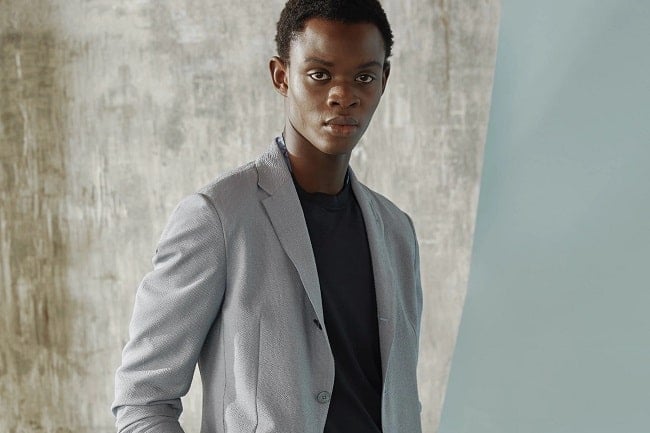
Tailoring is Evolving
Last year, many postulated Covid-19’s impact on the suiting industry. Major American chains were closing, and Savile Row tailors had to adapt their business models. This latter scenario – of tailors identifying ways to grow and adjust to demand and changing formats – is where bespoke casualwear emerges. Overall, demand for traditional suiting is down, although post-streetwear new-tailoring is reversing the direction, perhaps along a more youth-centric route. Does this mean that tailoring itself becomes obsolete? In associating it strictly with suiting, that could become a possibility. Yet, in acknowledging that fit drastically improves the experience of wearing a garment, bespoke casualwear ultimately expands the scope tailoring provides.
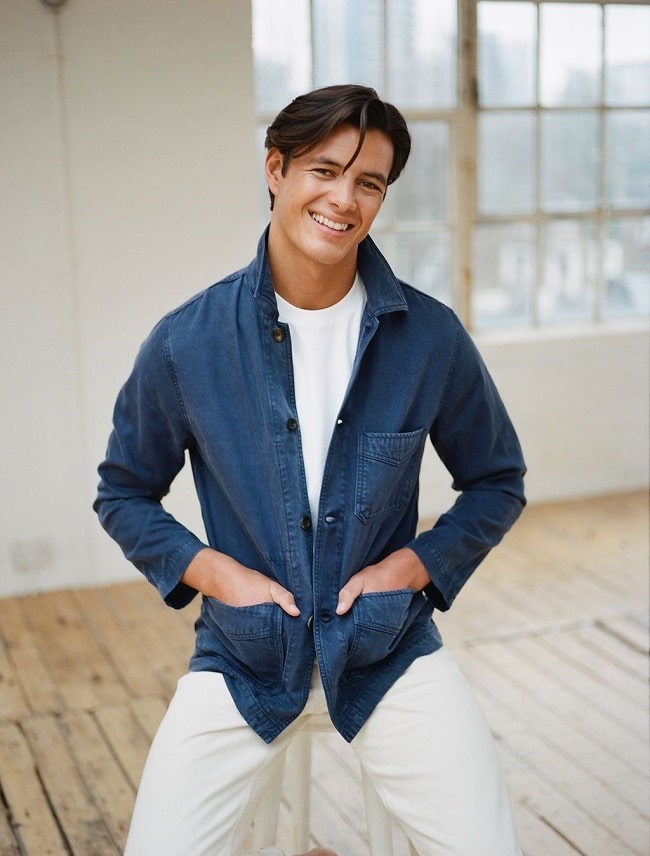
Nothing is Off Limits
So, then, with tailoring seeking out a more distant horizon, the question becomes, “What can’t be tailored?” The reality is – and often supported by those fitting outside of sample sizes – nearly everything can be made to measure. Outside suiting, outerwear often is next in line to receive the bespoke treatment. Unless intentional, a looser fit often results in getting lost or looking bulker in your winter or transitional jackets. Tailoring assists with adjusting the fit – or delivers something not needing to be altered in the first place – and allows the garment to effortlessly pair with what you typically wear – suits to button-front shirts to that blazer-over-a-T-shirt combination. From here, the possibilities emerging from cutting patterns and selecting materials naturally flow into more casual jackets to chinos, knitwear, T-shirts, polos, jeans, and shorts. Beyond a traditional tailor’s shop, brands are starting to offer customisation options, from Levi’s upscaling denim operations with its premium Lot. No. 1 jeans to Ermenegildo Zegna translating its approach for suiting to casualwear.
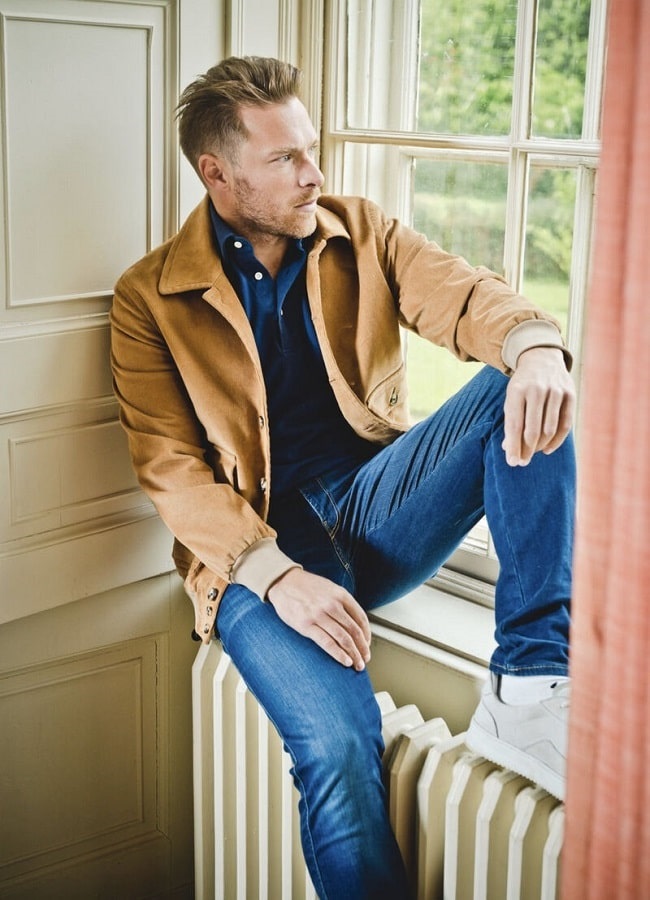
Changing Work Wardrobes
Whether you’re doing business casual, smart casual, or work-from-home business casual, the majority of us rarely walk into work in a suit. On those days we do, you should be prepared for a barrage of questions about going for a job interview – or some side-eye glances about being too dressed up. The alternative isn’t settling for shapeless clothing to match your co-workers – think khakis bagging around the ankles with an untucked, boxy polo. Rather, fit and cut are the dividing line between easygoing and effortless casualwear and “Just don’t care.” When it comes to first impressions – and the performance associations we make from that – where do you want to stand? Chinos and a shirt that perfectly match your form and elevate your style over the man in the off-the-rack polyester suit.
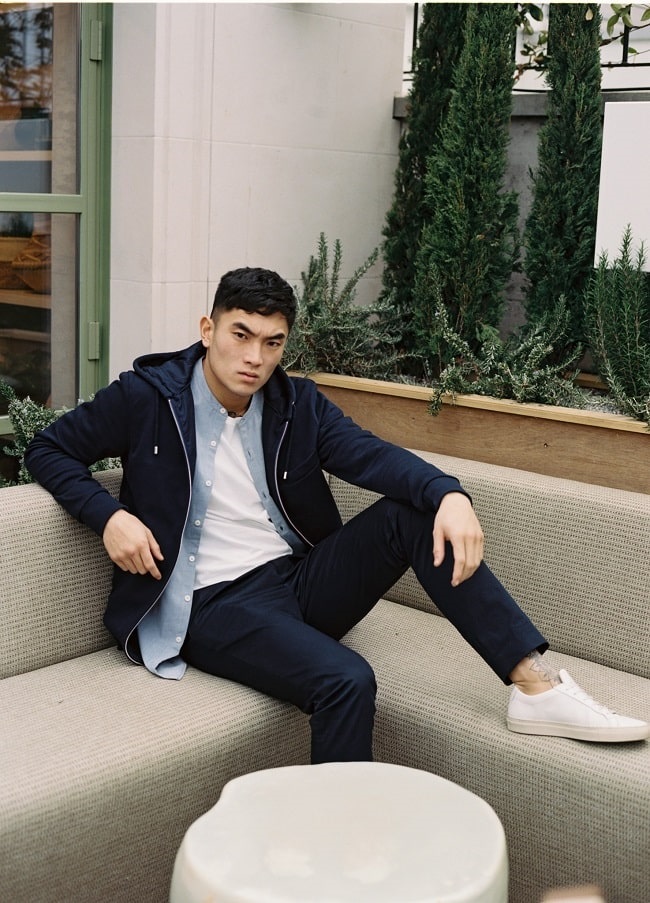
Simplifying Your Choices
How many of us truly understand the difference between business and cocktail dress? We know what looks sharp, but the intricacies are elusive to the point most don’t matter. Rather, it seems that we muddle through life in a casual-leaning stupor, oblivious to colours, prints, and which accessories fit the occasion unless we deliberately seek out a guide. Deconstructing dress codes means the lines toward the middle of the road are blurred. Yes, you know not to show up to a wedding in gym shorts, but do you always need a dress shirt for some after-work drinks or networking? Although many of us can figure out, or at least acknowledge, the extremes, it certainly doesn’t hurt – and may even work in your favour – to have a decent looking and fitting set of smart-casual pieces to wear when you’re neither headed to a sports match or an event calling for black tie.
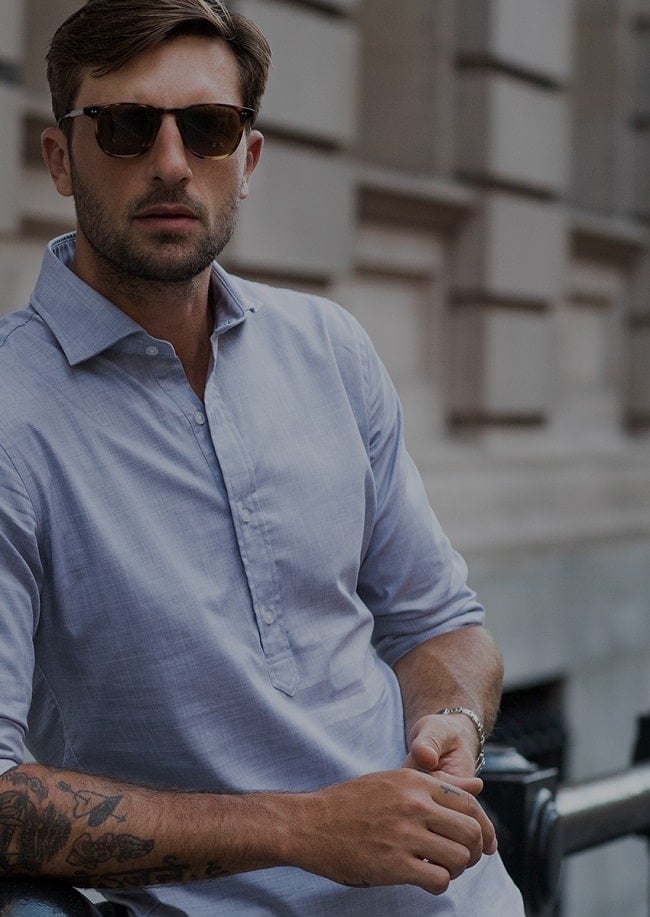

Trending
2
3
4
5
6
7
8
9
10










